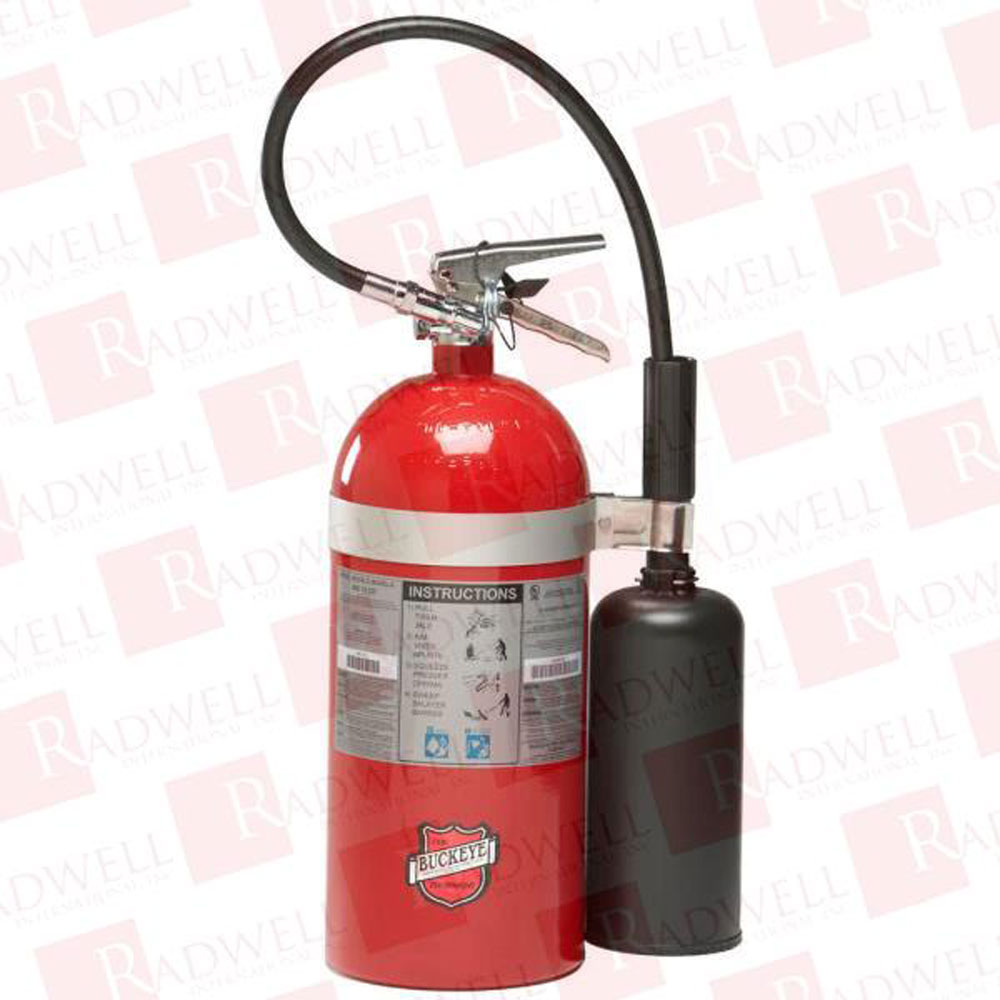 03
Sep
03
Sep
All You Need To Know About Carbon Dioxide Fire Extinguishers
- 0 Comment(s)
- September 3, 2024
A carbon dioxide fire extinguisher is a key safety tool in environments where electrical fires are a significant risk. Businesses and industrial facilities trust these extinguishers for their ability to quickly smother flames without leaving harmful residue. They are designed to displace oxygen, effectively suffocating fires and preventing them from spreading. CO2 extinguishers are not only highly effective but also safe for use on electrical equipment, making them a preferred choice in various industries.
Key Components of a Carbon Dioxide Fire Extinguisher
A carbon dioxide fire extinguisher is composed of several critical components, each designed for optimal performance during fire emergencies. The extinguisher contains a steel cylinder filled with highly pressurized carbon dioxide gas. When the trigger is activated, the gas is released through a discharge nozzle, creating a cold discharge that cools the fire. The extinguisher also includes a safety pin and tamper seal to prevent accidental discharge.
Effective Use on Electrical Fires
Using a carbon dioxide fire extinguisher on electrical fires requires careful attention to technique and safety. Aim the nozzle at the base of the fire, sweeping it from side to side to ensure the entire fire is covered.
The CO2 gas will displace the oxygen surrounding the flames, effectively suffocating the fire. Because CO2 extinguishers do not leave residue, they are ideal for use on sensitive electrical equipment, reducing the risk of damage while guaranteeing the fire is completely extinguished.
Proper Storage Requirements
Proper storage of carbon dioxide fire extinguishers is vital for making sure their effectiveness and accessibility in emergencies. These extinguishers should be stored in a cool, dry location, away from direct sunlight and heat sources, to prevent the gas from expanding and increasing pressure within the cylinder.
It is crucial to guarantee that extinguishers are easily accessible and clearly labeled, with no obstructions that could hinder quick retrieval in case of a fire emergency.
Safety Precautions
Handling a carbon dioxide fire extinguisher requires strict adherence to safety protocols to avoid injury or equipment damage. The high-pressure gas can cause frostbite if it comes into direct contact with skin, so it is essential to hold the extinguisher by its handle and avoid touching the nozzle during or after discharge. Users should also ensure that the area is well-ventilated to prevent the accumulation of CO2 gas, which could lead to suffocation in confined spaces.
Differences Between CO2 and Other Fire Extinguisher Types
CO2 fire extinguishers differ significantly from other types, such as water, foam, or dry chemical extinguishers. While water and foam extinguishers are effective on Class A fires involving ordinary combustibles, they are not suitable for electrical fires due to their conductive nature.
Dry chemical extinguishers are versatile and can handle various fire classes but leave a residue that may damage sensitive equipment. In contrast, CO2 extinguishers are non-conductive and leave no residue, making them the optimal choice for electrical fires.
Environmental Impact
The environmental impact of using carbon dioxide fire extinguishers is a consideration for many organizations aiming for sustainability. While CO2 is a greenhouse gas, its use in fire extinguishers is considered low-impact due to the relatively small quantities involved and the essential safety benefits it has.
Unlike some chemical extinguishers that contain substances harmful to the environment, CO2 extinguishers do not leave toxic residues, making them a more environmentally friendly option.
Maintenance and Inspection Guidelines
Regular maintenance and inspection of carbon dioxide fire extinguishers are crucial for ensuring their reliability in emergencies. Inspections should be conducted at least once a year by a certified professional, checking for signs of corrosion, damage, or tampering.
The extinguisher’s weight should also be verified to confirm it contains the correct amount of CO2 gas. Properly maintained extinguishers not only comply with legal requirements but also provide peace of mind that they will function effectively when needed.
Common Misconceptions
Several misconceptions exist about carbon dioxide fire extinguishers, leading to potential misuse or underestimation of their capabilities. One common myth is that CO2 extinguishers are suitable for all fire types, which is not the case.
They are specifically designed for Class B and C fires and are ineffective on Class A fires involving paper, wood, or textiles. Another misconception is that CO2 extinguishers are dangerous to use in confined spaces, but with proper ventilation and safety measures, they are safe and effective.
Legal Requirements
Compliance with legal requirements for installing carbon dioxide fire extinguishers is essential for businesses and industrial facilities. Regulations vary depending on location and industry, but generally, CO2 extinguishers must be strategically placed in areas where electrical or flammable liquid fires are likely.
It is also mandatory to have them inspected and maintained regularly by a certified technician to meet safety standards. Ensuring compliance not only protects the business but also enhances overall safety.
Best Practices for Training Staff on CO2 Extinguishers
Training staff on the proper use of carbon dioxide fire extinguishers is critical for securing quick and effective responses to fire emergencies. Training should cover the basics of fire safety, the specific use of CO2 extinguishers, and the importance of safety precautions.
Staff should be trained to identify the types of fires CO2 extinguishers are designed to handle and understand the correct technique for operating the extinguisher. Regular drills and refresher courses can help maintain readiness.
Situations Where CO2 Extinguishers Should Not Be Used
While carbon dioxide fire extinguishers are highly effective in many situations, there are certain scenarios where their use is not recommended. CO2 extinguishers should not be used on Class A fires involving combustible materials like wood or paper, as the gas’s cooling effect is insufficient to prevent reignition.
They are also not suitable for fires in confined spaces without proper ventilation, as the released CO2 can displace oxygen and pose a suffocation risk to individuals present in the area.
Protect Your Business with Reliable Fire Extinguishers and Services from Yadkin Fire & Safety
At Yadkin Fire & Safety, we specialize in providing top-quality fire extinguishers designed for your specific needs, particularly in handling electrical fires. Our fire extinguisher services guarantee that your equipment is always in optimal condition, meeting all legal and safety requirements. We pride ourselves on offering competitive pricing, fast service, and expert guidance. Trust Yadkin Fire & Safety to keep your business protected and compliant. We are here to help you every step of the way.

